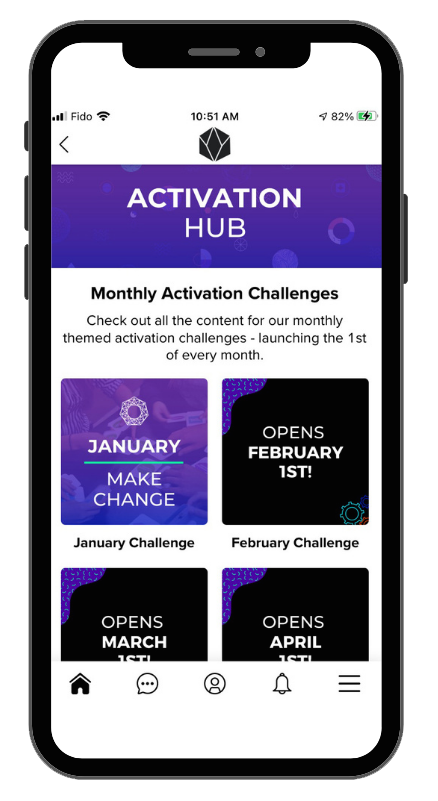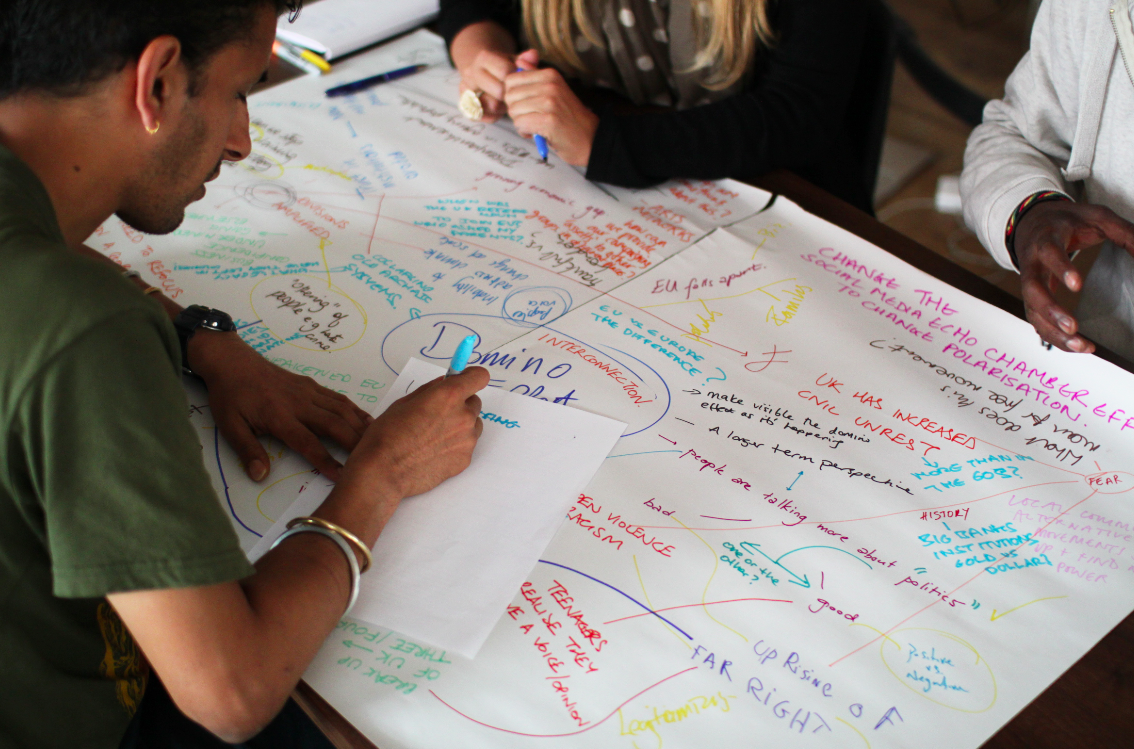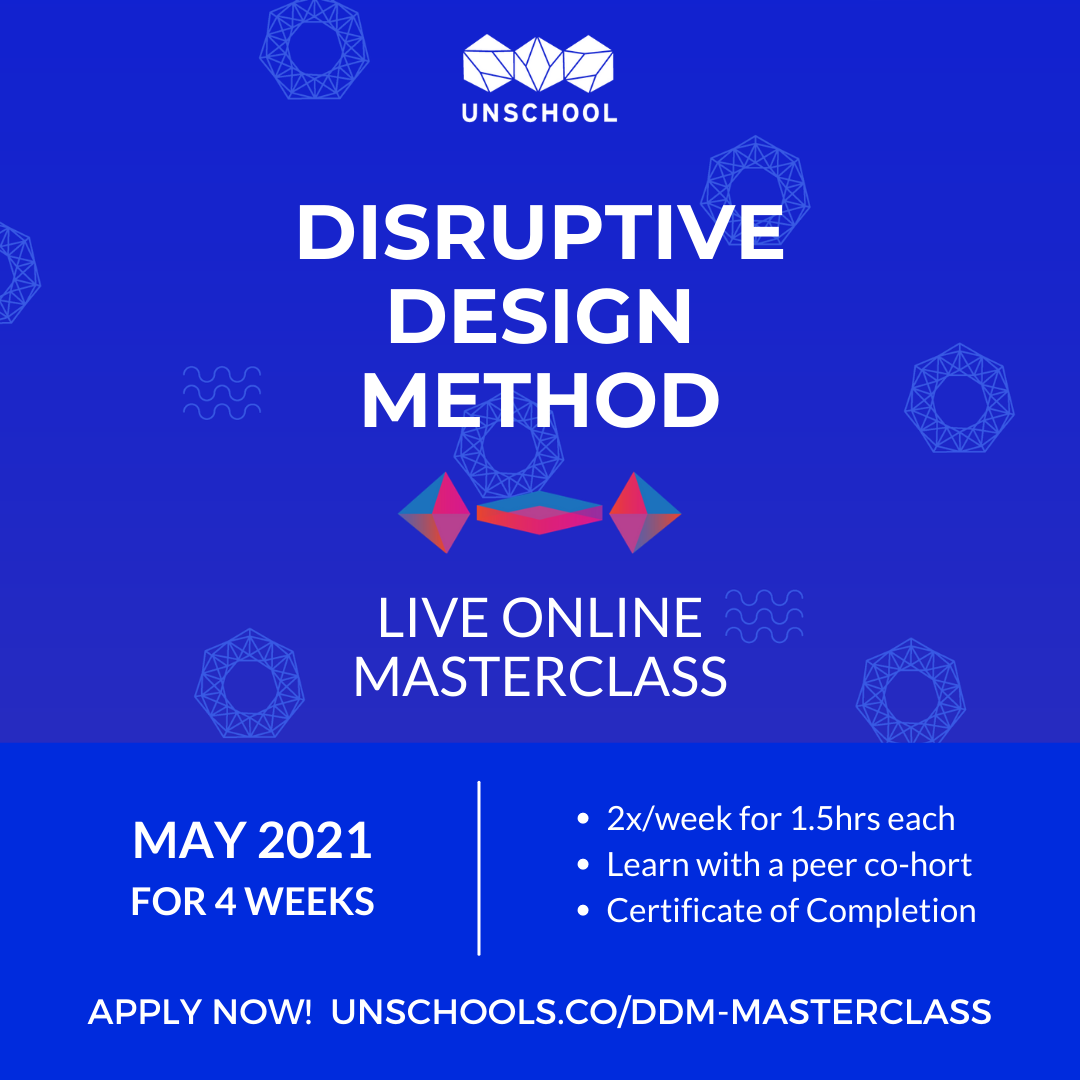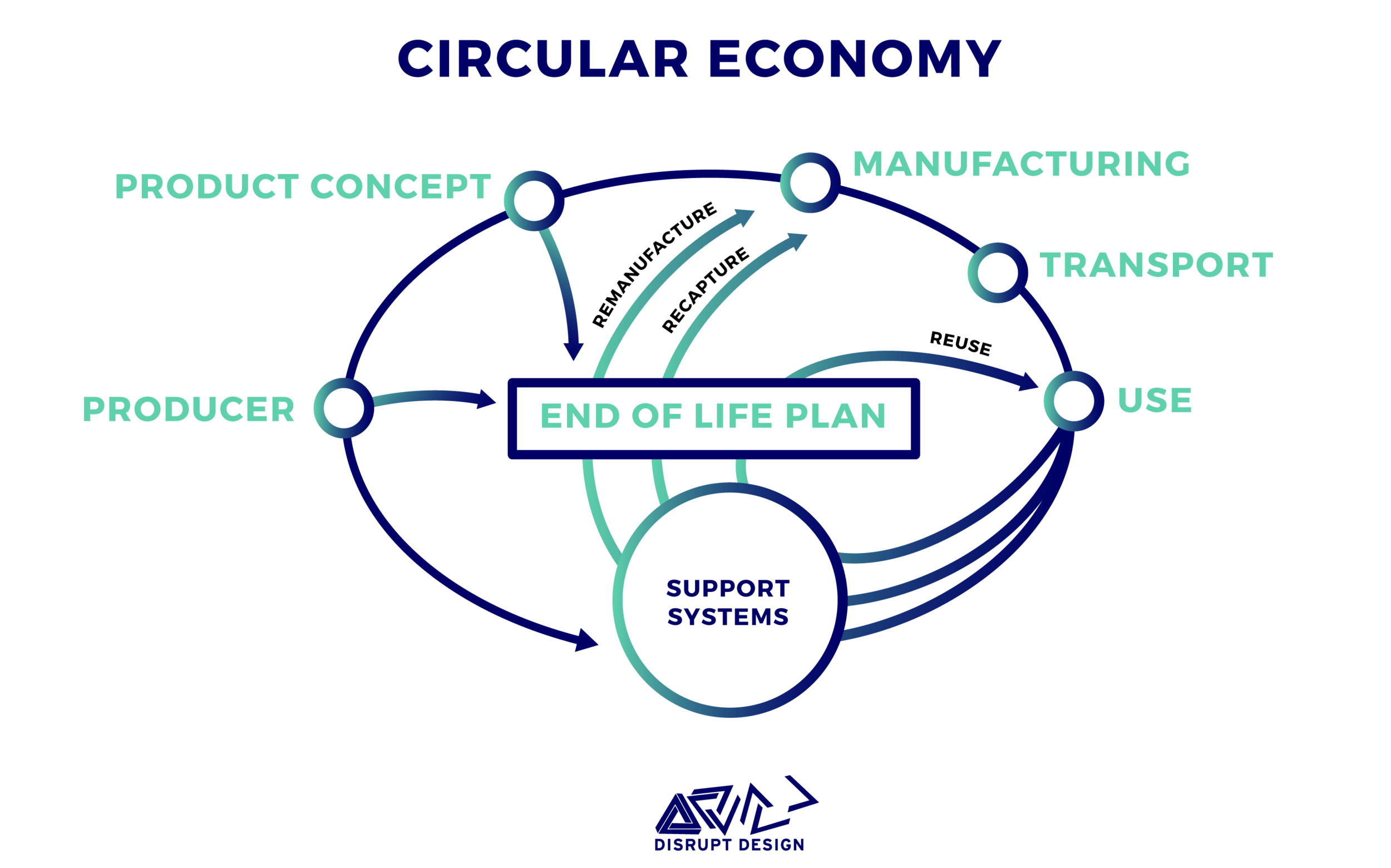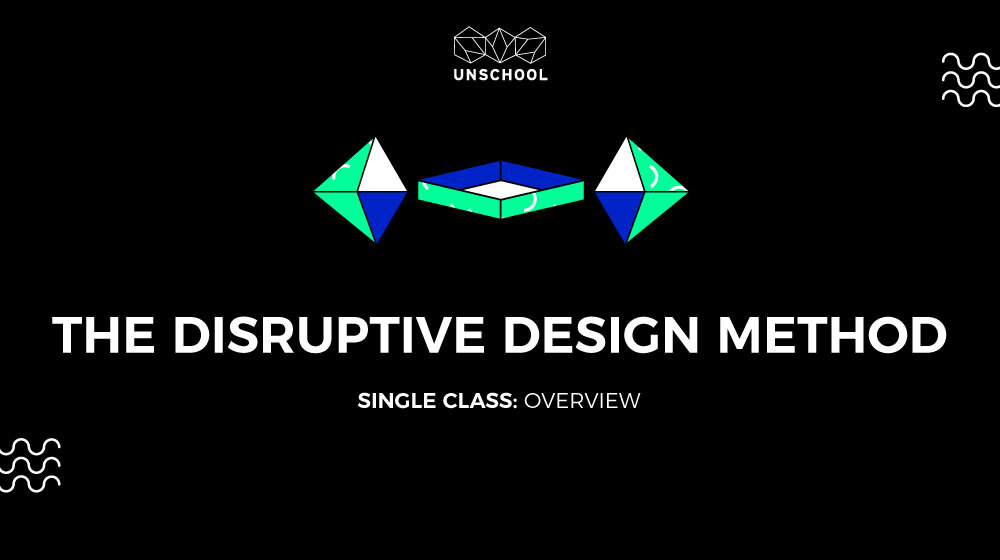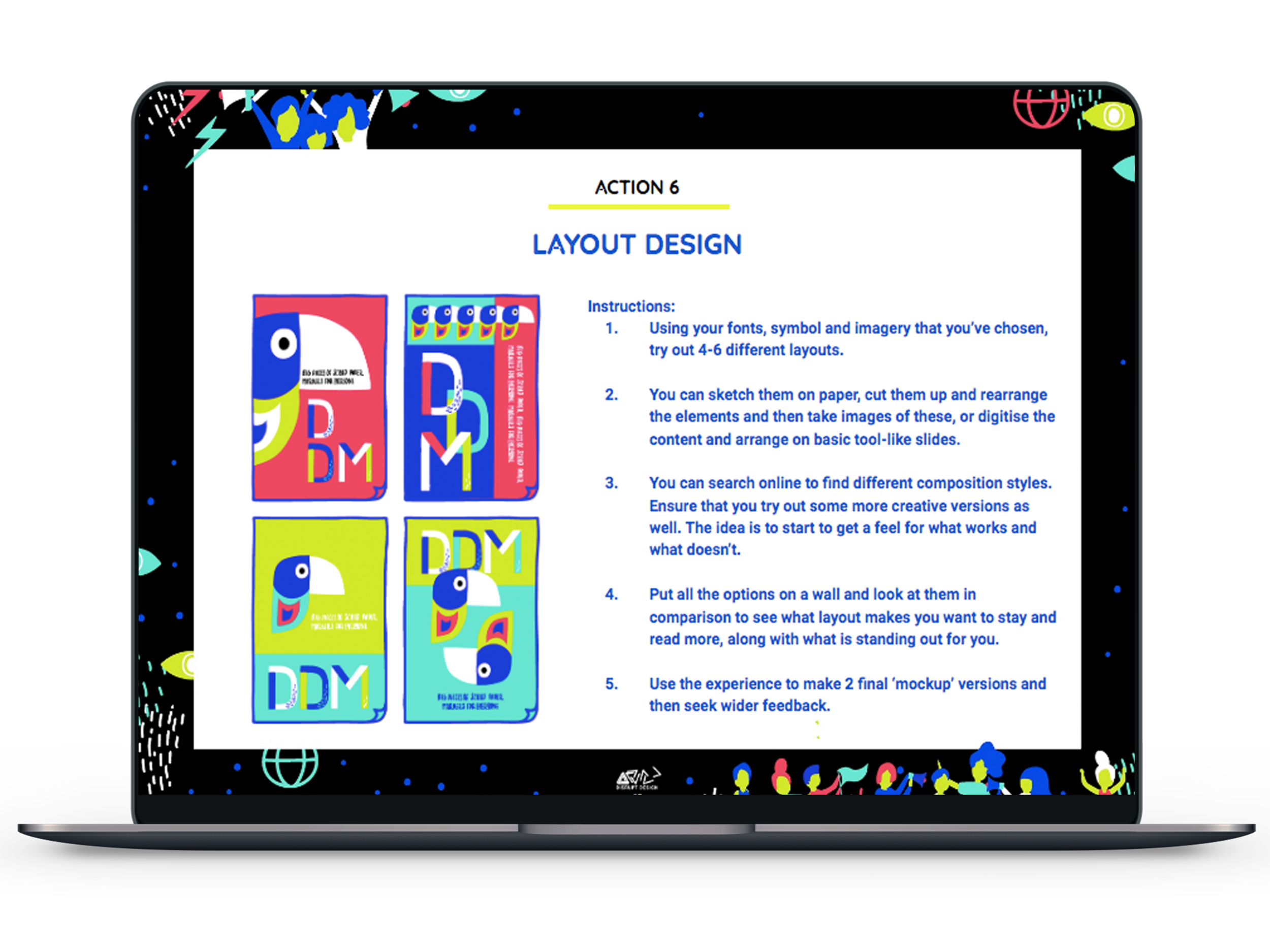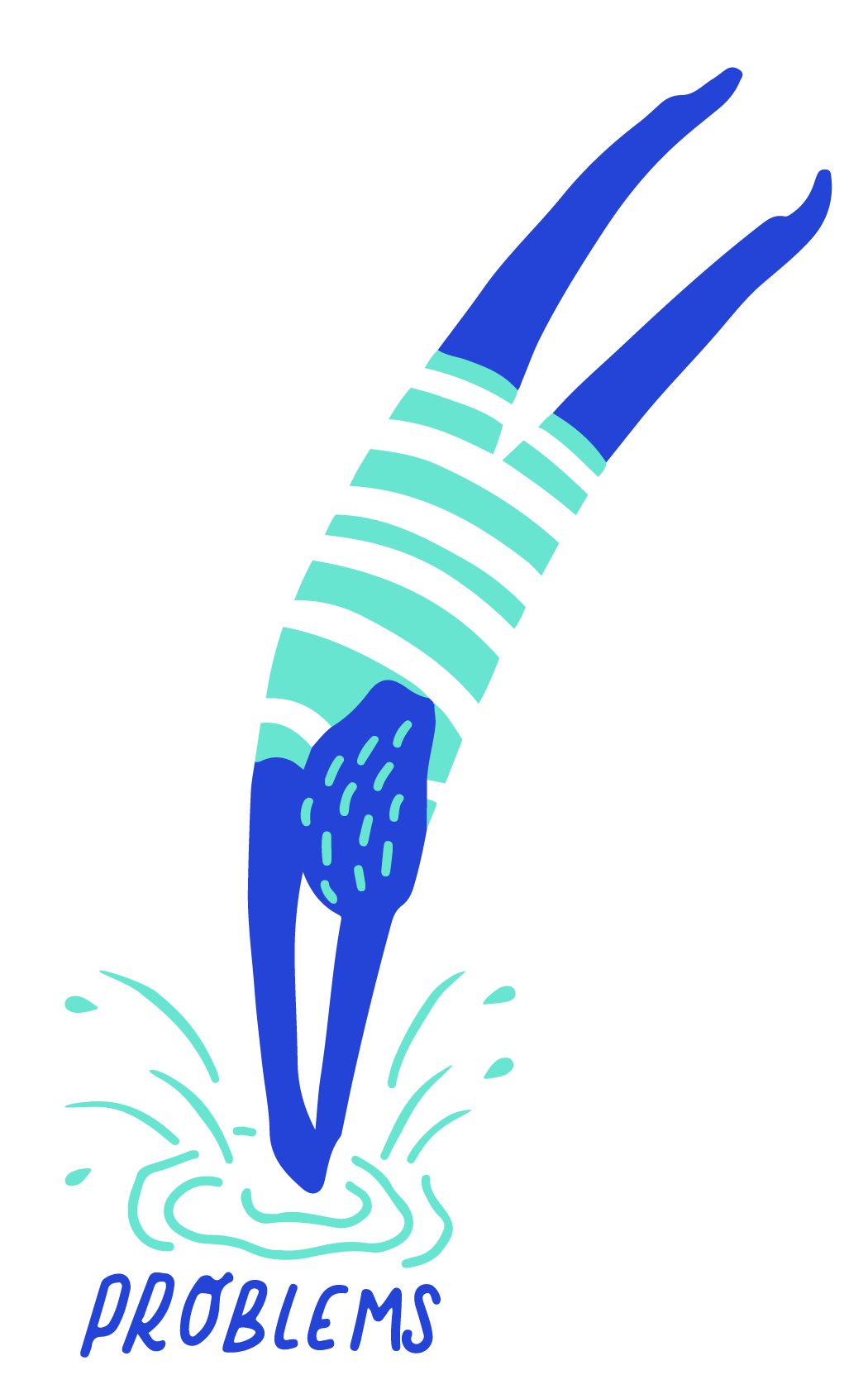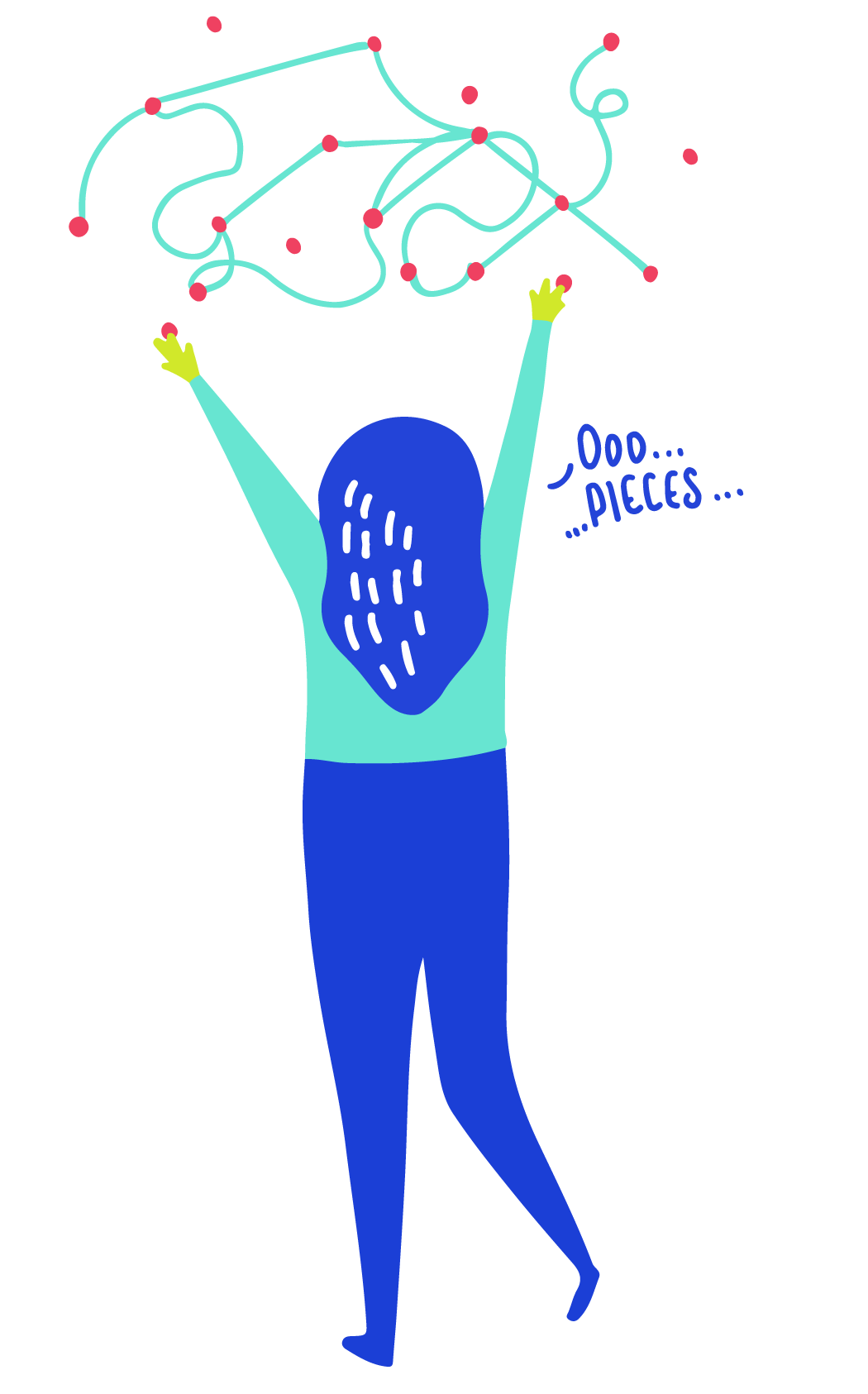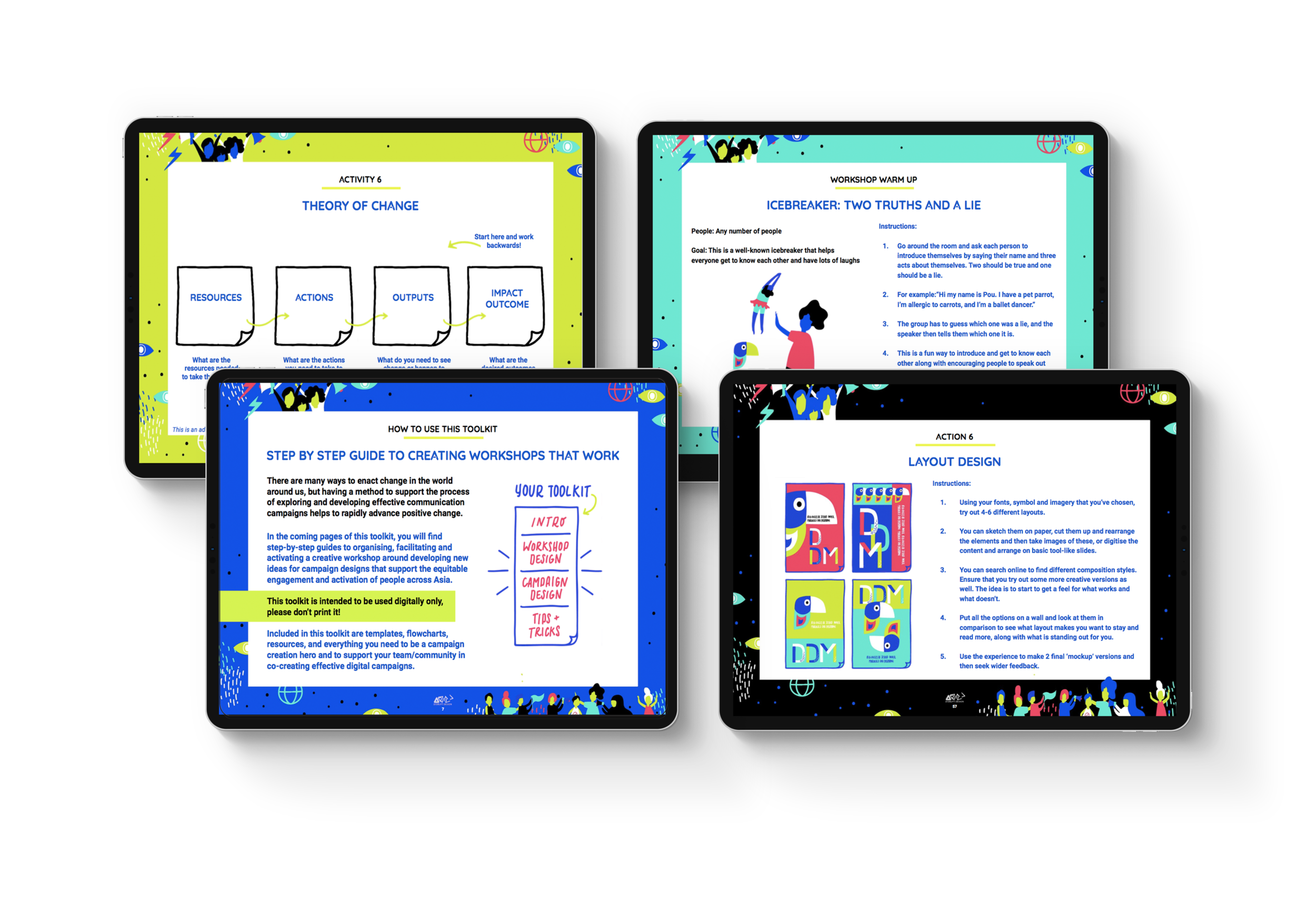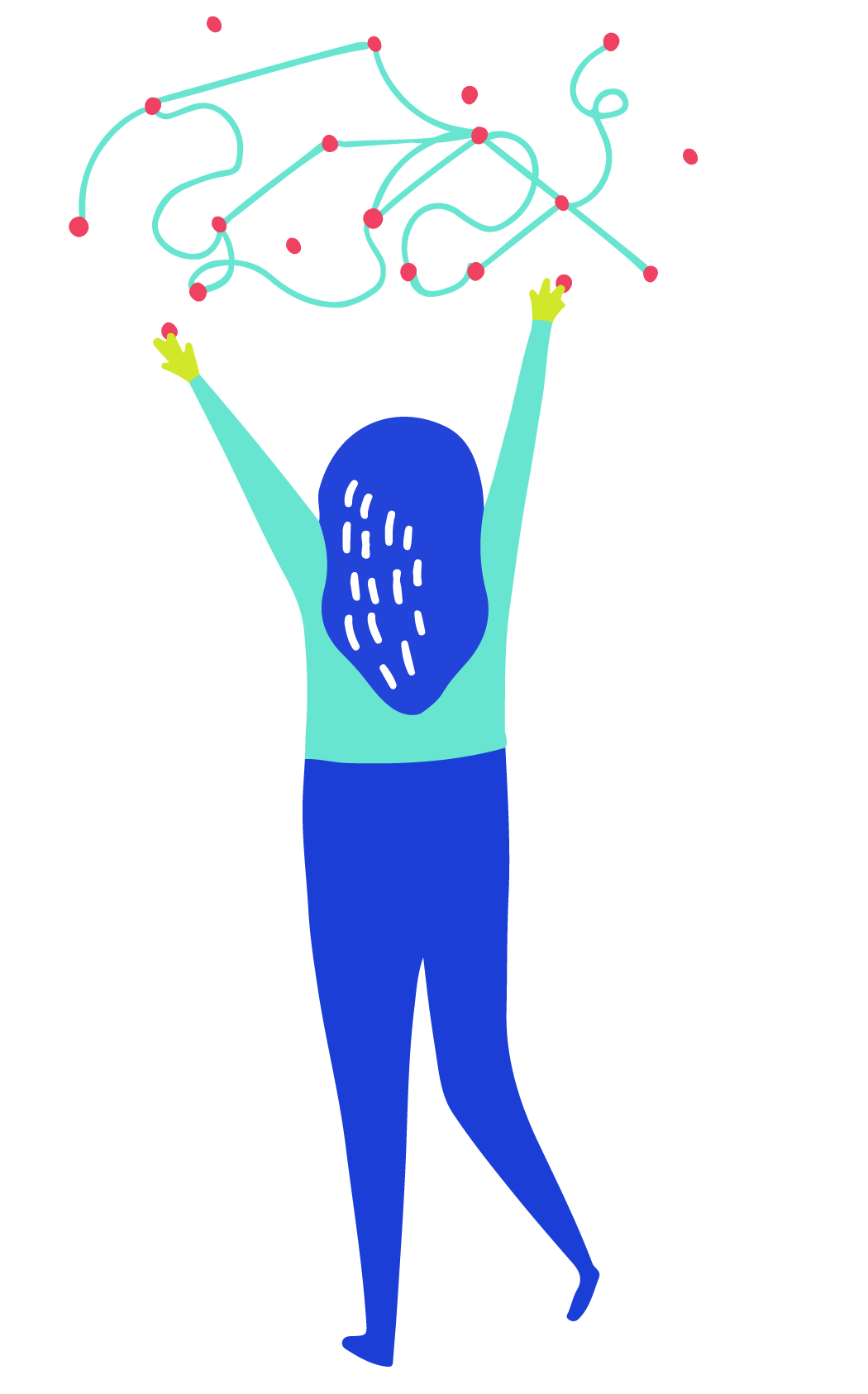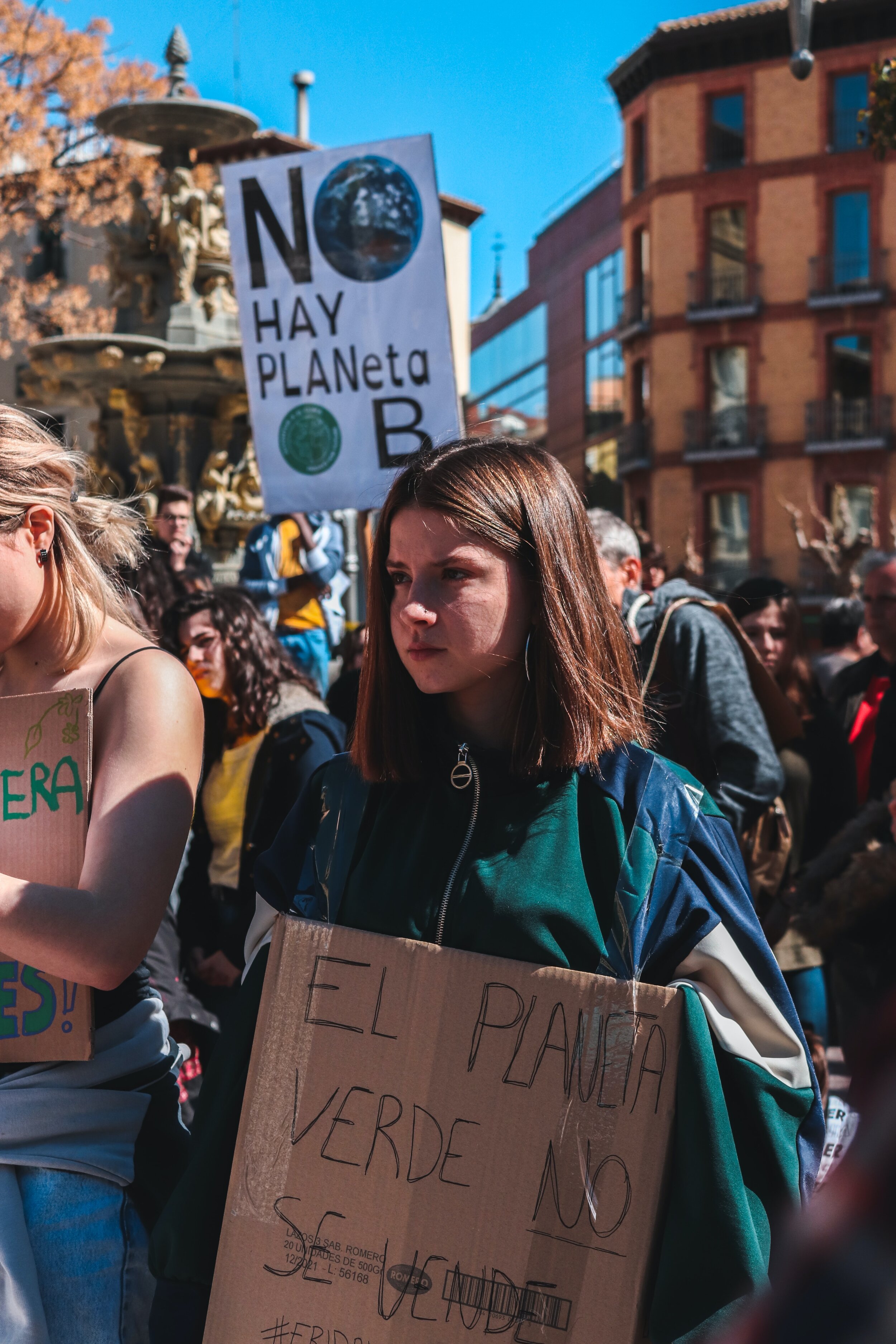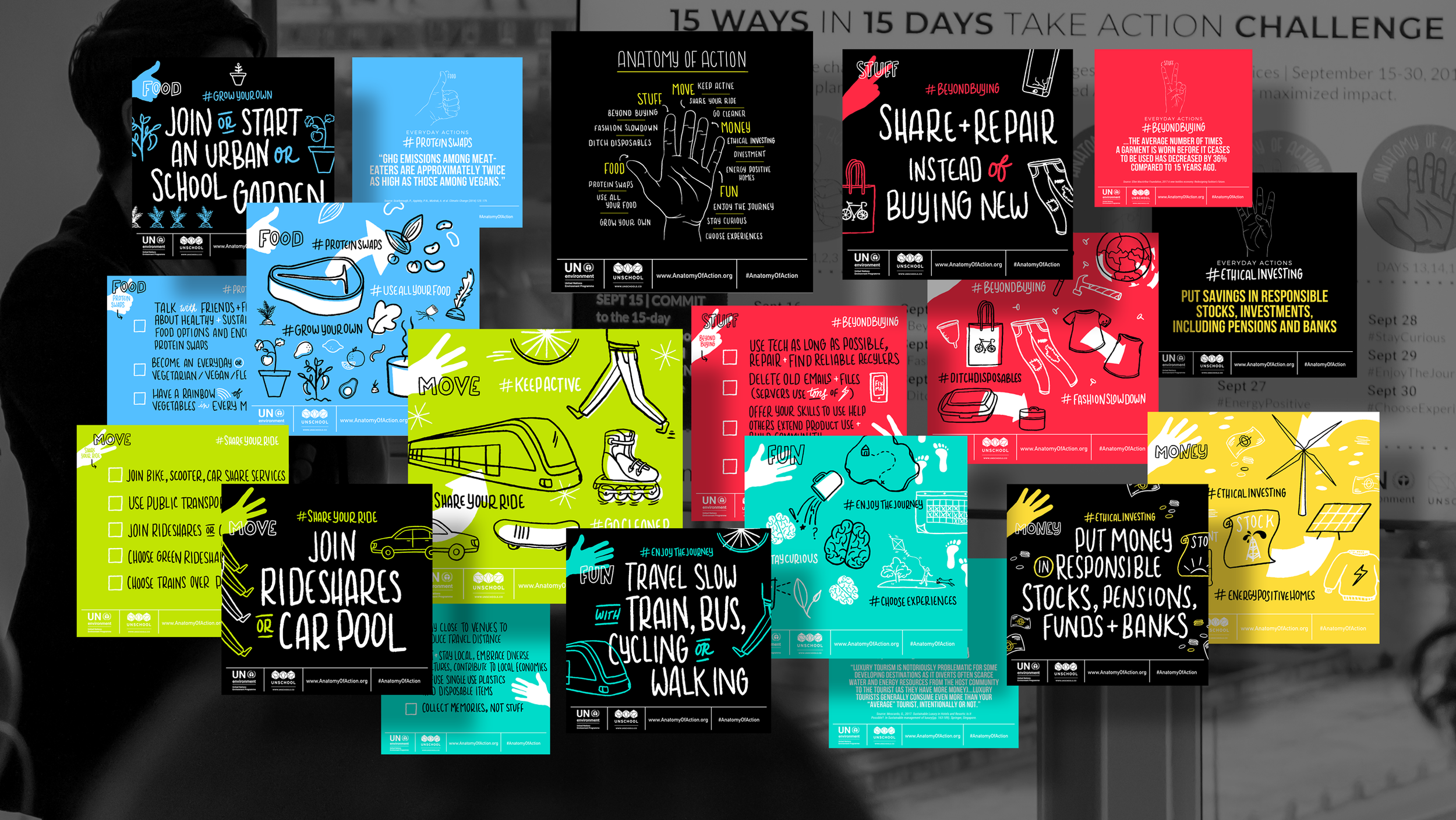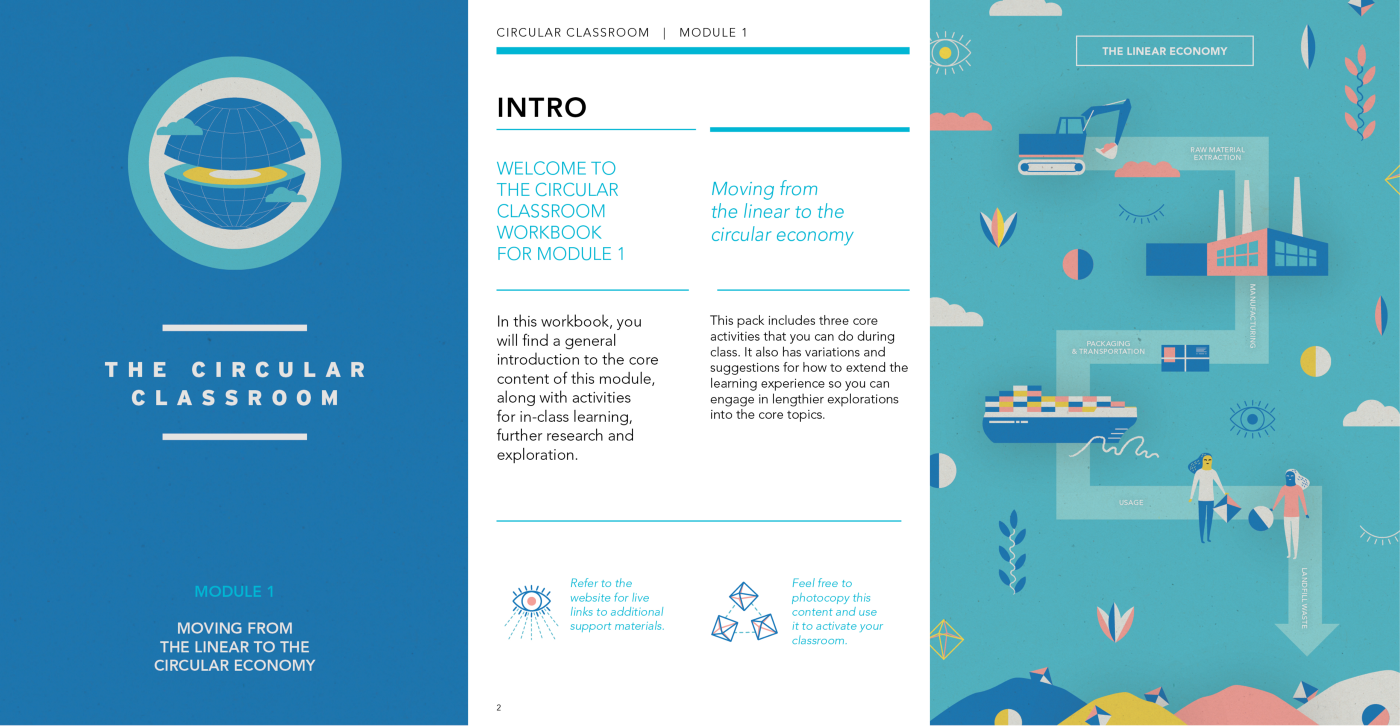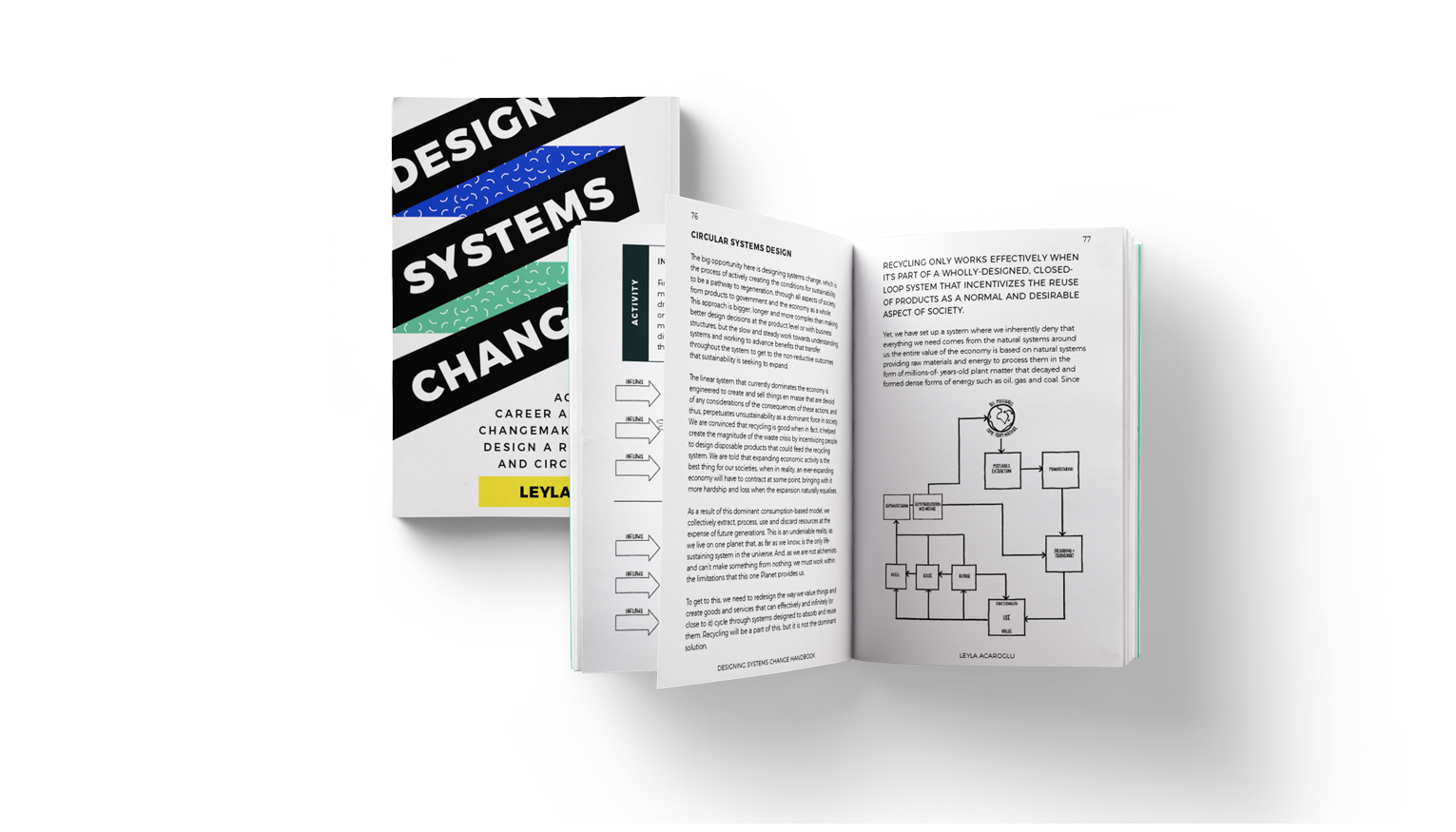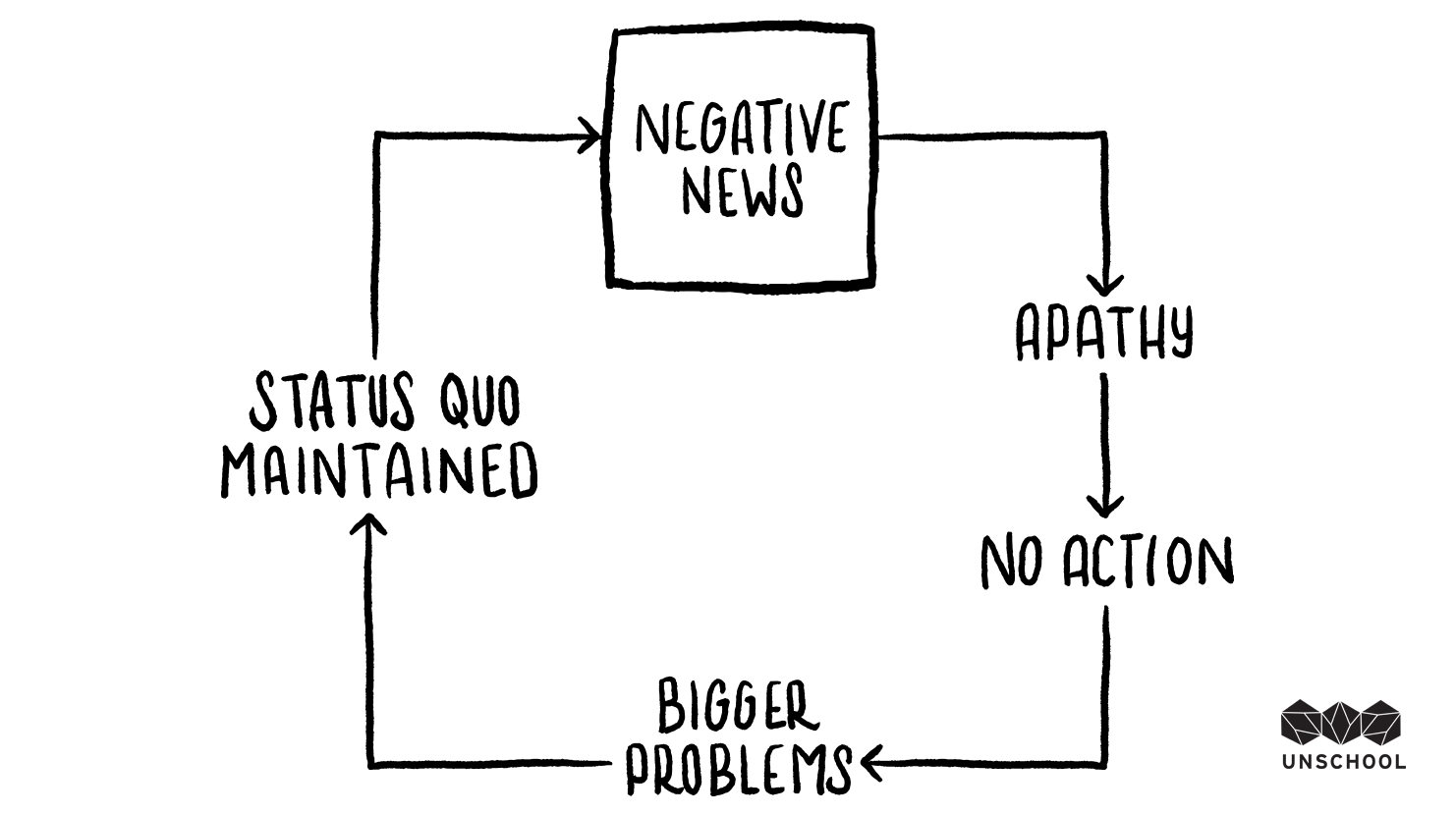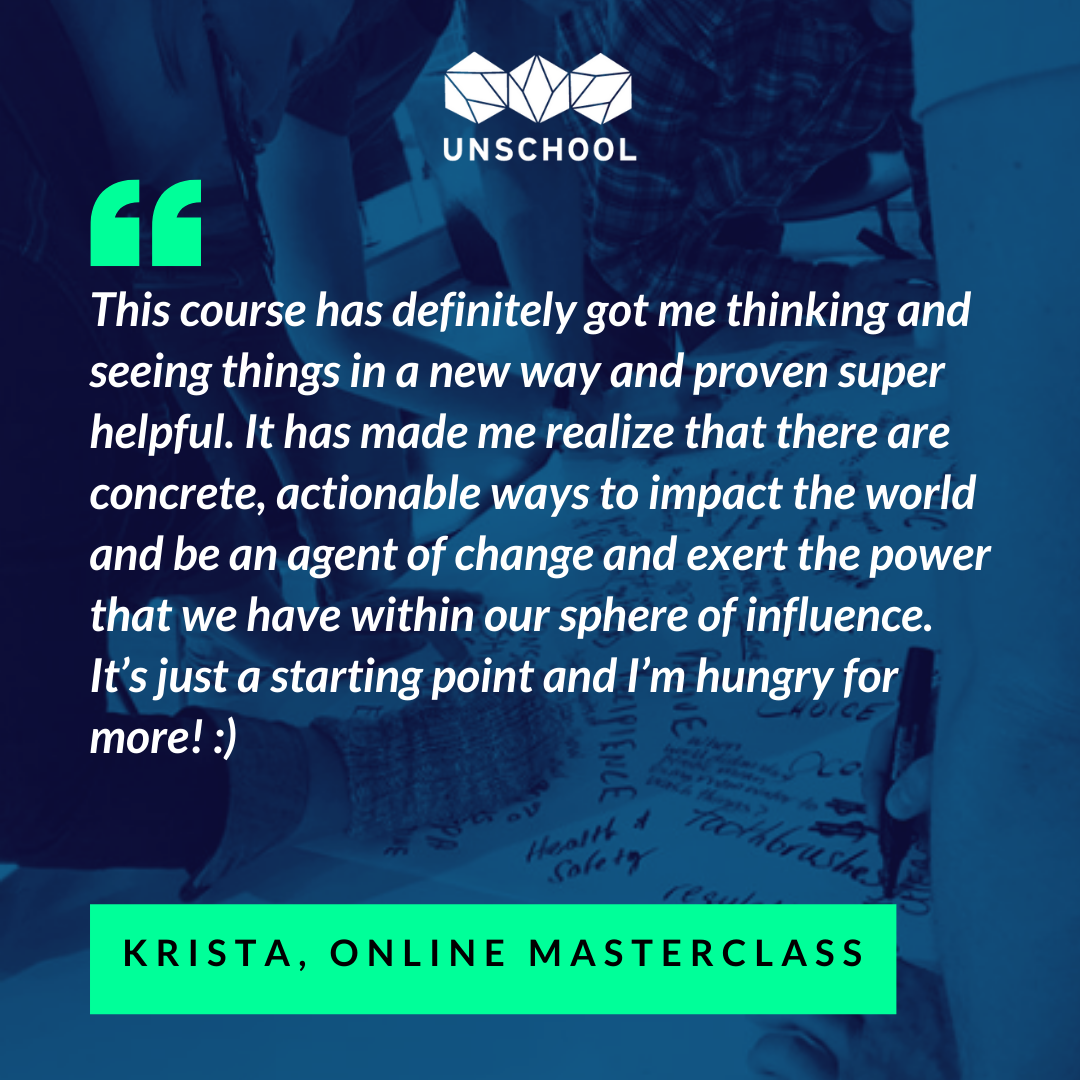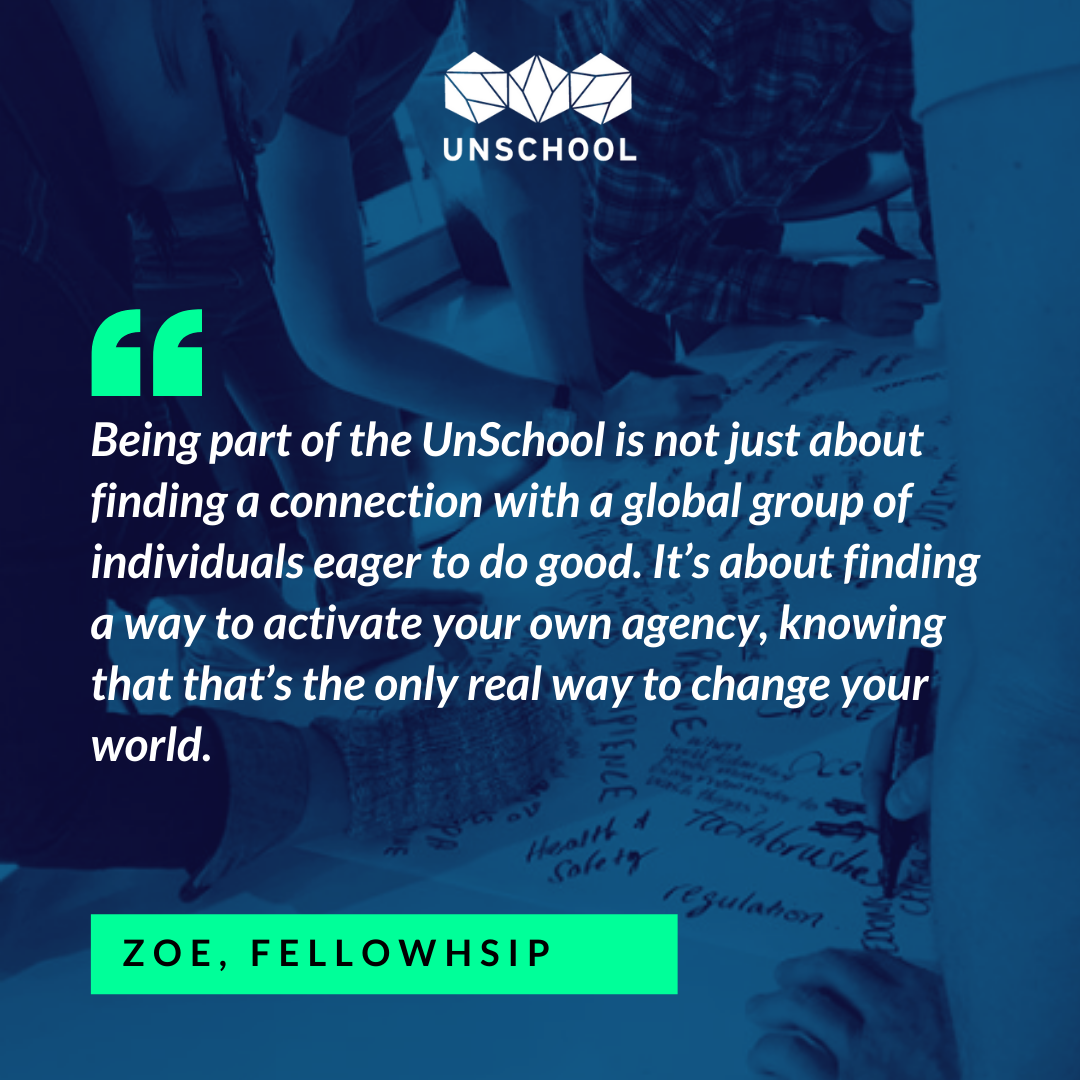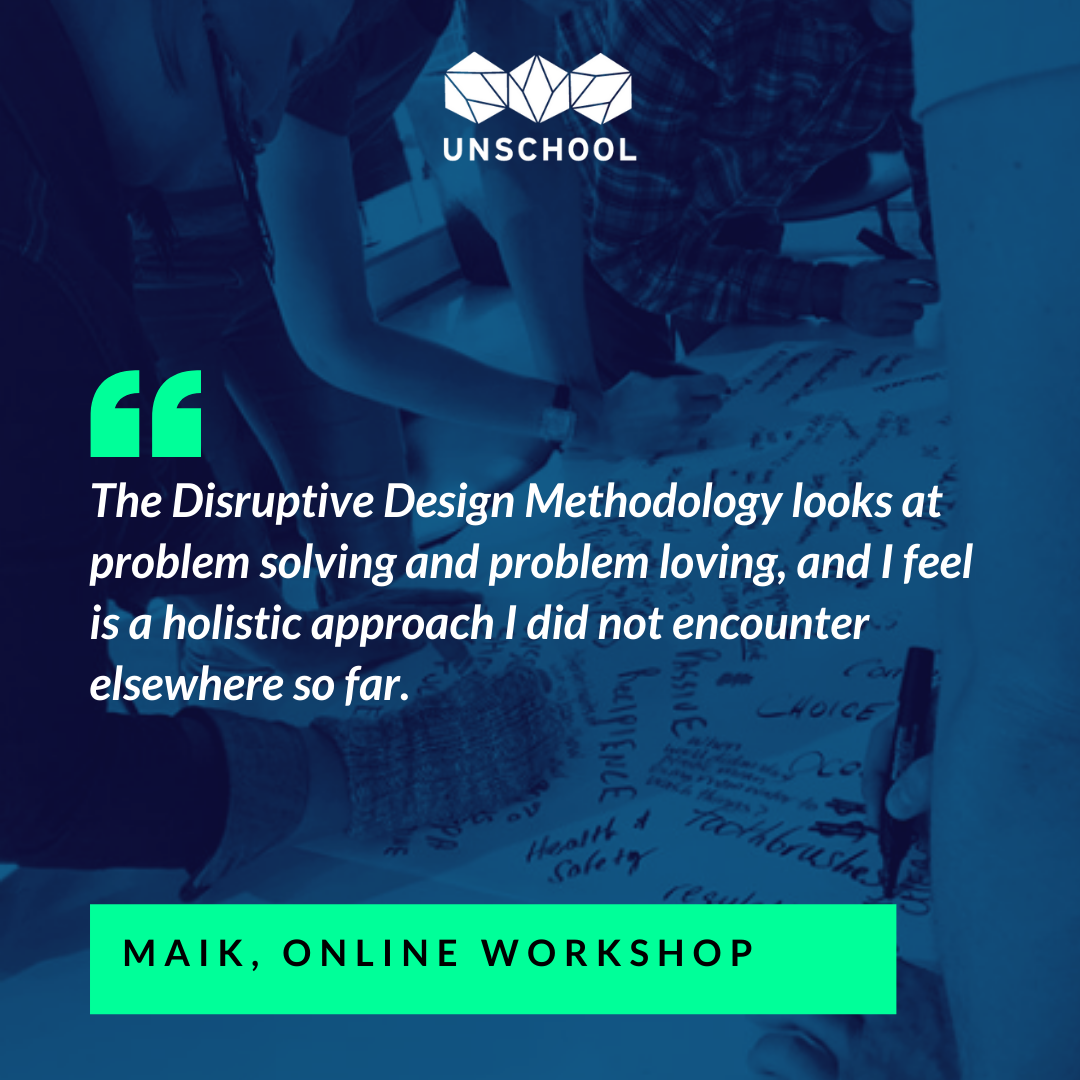The UnSchool Community App is Now Ready For Download!
After months of hard work and some serious challenges overcome, we are overjoyed to announce that our beautiful new UnSchool Community App is ready for you to join!
Yes, an app — you can go search for it right now in the Google Play or Apple stores to download and start connecting! The first 30 days are on us :)
If you prefer a desktop experience, go to https://community.unschools.co/ on your computer now. No phone needed; it has all the same features as the mobile version.
We are very proud of what the UnSchool Community App has to offer, so keep reading to learn all about what you can expect when you sign up — and feel free to DM us any questions once you get into the app itself. Cheers to community, connection, and collaboration!
What is the UnSchool Community App?
The UnSchool Community App is a dedicated social connection app designed to inspire and foster collaboration amongst our growing global community of change-makers.
Whether you're just getting started or you’re more advanced along your change-maker journey, grow among a supportive international community filled with professionals and emerging leaders who share a common mission for a more sustainable and positive planet.
As a bonus, we’ve integrated our online learning school into the app, so you can access any course that you’re enrolled in directly on your device!
Here’s what you can look forward to (beyond the daily dose of optimism and creative inspiration coming through push notifications):
Challenges: Monthly themed content + guided activation challenges for everyone.
Connections: A global community community of changemakers to help you continue upskilling, collaborating and staying motivated.
Conversations: Pop-in livestream conversations with guests like Leyla Acaroglu, UnSchool team members, alumni, certified Educators and invited guests.
Collaborations: Join a challenge team to hone your creative change-making skills.
Courses: Access all of your UnSchool enrolled courses right inside the app.
Credentials: Take what you learned and apply for skills validation badges that are blockchain encrypted and easily shareable.
FREE Take Action course: Advanced skill-building content to discover the fundamental principles of the Disruptive Design Method.
FREE content: Download free tools on systems, sustainability and design. 20% of UnSchool content is always open access — but you get special access to new content via the app.
FREE month: Sign up now for a monthly subscription and get 30 days free exploration and participation.
FREE annual bonus: Pay for a year subscription and get two months free (12 months for the price of 10!).
What inspired the UnSchool Community App?
Aside from the world being much more mobile these days, we are always looking for new ways to activate our growing global community of creative change-makers.
We wanted to make a destination for positive and proactive conversations, collaborations and connections for all the passionate systems-thinking change-makers like you.
We built in private rooms as well, for alumni and those of you who are on certification tracks. Online learning is GREAT, but one thing we always hear is how people miss the engagement and connection with others. So we wanted to build a space for live humans to talk to live humans as they go through the coursework or just life.
Get access to all your enrolled UnSchool Online classes, the community engagement feed, and an activation hub for monthly challenges and content!
How much does it cost?
The first 30 days are free to test drive the app, meet all the other people who have joined, participate in the challenges and conversations, and access all your courses that you’ve enrolled in.
We charge a subscription fee to help us make more change possible, to cover the creation and management costs of our community features and to ensure we can continue to build our offerings and open access programs.
We give away 20% of our content for free, so having a fee for things we offer helps others who wouldn’t otherwise be able to afford the cost to access these resources.
When you pay for anything at the UnSchool, a portion of that goes to supporting the scholarships we give away. We are entirely self-funded (and proud of it!) so it is our community that helps us to decouple education from economics.
If you are unable to afford the subscription, we offer a limited number of needs-based scholarships on a discretionary basis. You can apply online here:
ARE YOU A TRACKER OR ALUMNI?
All existing Certification trackers and enrolled Masterclass participants get free access throughout their enrollment. If you don’t see the Alumni or Tracker groups when you get the app, send us an email at programs@unschools.co and we’ll get it sorted out for you.
Here are 3 reasons to start your 30-day SUBSCRIPTION today:
Exclusive monthly challenges: Articles, activities, prompts, challenges, downloads and links focused on a new critical skill and knowledge area each month. The Activation Hub is your one-stop-shop for bite-sized content to help you make positive change.
Social Feeds and Community Groups: Connect with like-minded people to collaborate, share, support, connect, vibe and get more positive stuff done! Don’t get bogged down in the negative mainstream social media, find your community of people who care deeply about designing a sustainable future and take action in creative, contemporary ways.
UnSchool course access: Be free of your laptop! Use the same email as your UnSchool Online account to access all your enrolled courses — a great way to listen to course material while out and about. Bonus: all new app signups get enrolled in a free Monthly Activation challenge!
Activate yourself to be a force for positive change by bringing knowledge, connection and motivation into your daily routine. The community will help keep you moving forward, making positive social and environmental change no matter what the world throws at us. See you there!


